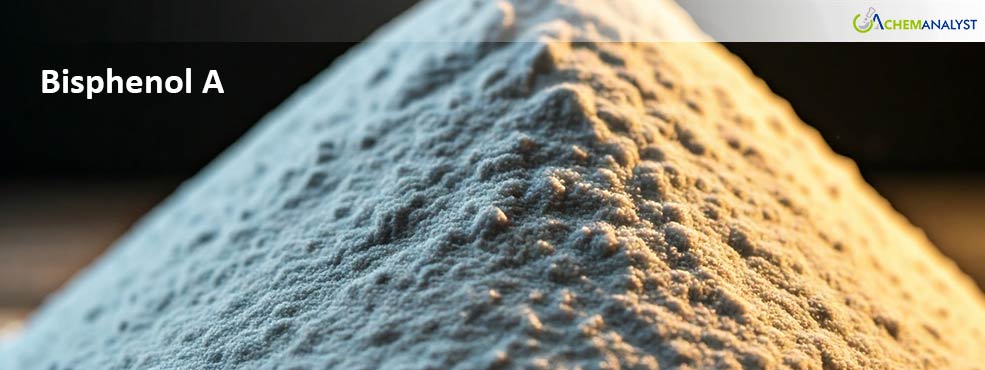Welcome To ChemAnalyst

Bisphenol A (BPA) prices in Asia fell sharply in mid-May 2025 as factories restarted after long holidays in North Asia. Plants in China, Japan, and South Korea ramped up, boosting supply, and pushing prices down. Subdued downstream demand and soft upstream costs further added to the bearish market sentiment.
In China, BPA prices dropped notably after the Labor Day holidays as multiple domestic units resumed operations. While few BPA producers remained under maintenance, output levels rose sharply, easing earlier supply tightness. Weaker cost support from feedstocks phenol and acetone compounded the decline. Buyers remained cautious, mostly covering only short-term needs.
BPA Supply increased further as Nan Ya Plastics, Mitsui Chemicals, and Henan Pingmei brought their plants back online. Although some regional units stayed shut, overall availability improved. Further the cost support from the feedstock phenol and acetone remained weak. Operating rates for feedstock phenol-ketone plants held at around 75%, though phenol prices remained weak with bearish sentiment, reducing BPA production expenses.
China’s factories slowed in April, with export orders shrinking amid U.S. trade friction. As new orders declined, BPA inventories piled up at terminals like Qingdao and Ningbo, keeping traders on the defensive.
BPA Demand in downstream epoxy resin and polycarbonate sectors stayed soft. China’s construction market continued to lag, with new home transactions falling and a 10.4% drop in sales by the top 100 developers. Although wind power projects offered slight support, it wasn’t enough to offset broader weakness.
In Japan, downstream epoxy resin producers reported limited offtake amid sluggish construction activity and subdued automotive orders. Manufacturing sentiment remained cautious.
Japan’s export slowdown further dampened sentiment—outbound shipments fell in the first 20 days of April, as intensified U.S. tariffs, particularly on automobiles, reduced resin demand in the automotive sector and curtailed orders from key markets like the U.S.
Overseas interest, including from India and Europe, stayed muted. Dow’s Q1 results confirmed the trend, showing lower net sales in its Construction Chemicals segment across the EMEAI region.
In India, BPA demand remained sluggish amid delays in construction projects caused by labor shortages. Seasonal factors such as weddings and harvesting also limited manpower availability and slowed site activity. Polycarbonate buyers stayed conservative due to high stock levels and soft end-user orders.
As per the ChemAnalyst, BPA prices may ease further as fresh capacity from Shandong Fuyu and other producers continue to enter the market. Oversupply and limited demand recovery are likely to maintain downward pricing pressure in coming month.
We use cookies to deliver the best possible experience on our website. To learn more, visit our Privacy Policy. By continuing to use this site or by closing this box, you consent to our use of cookies. More info.
